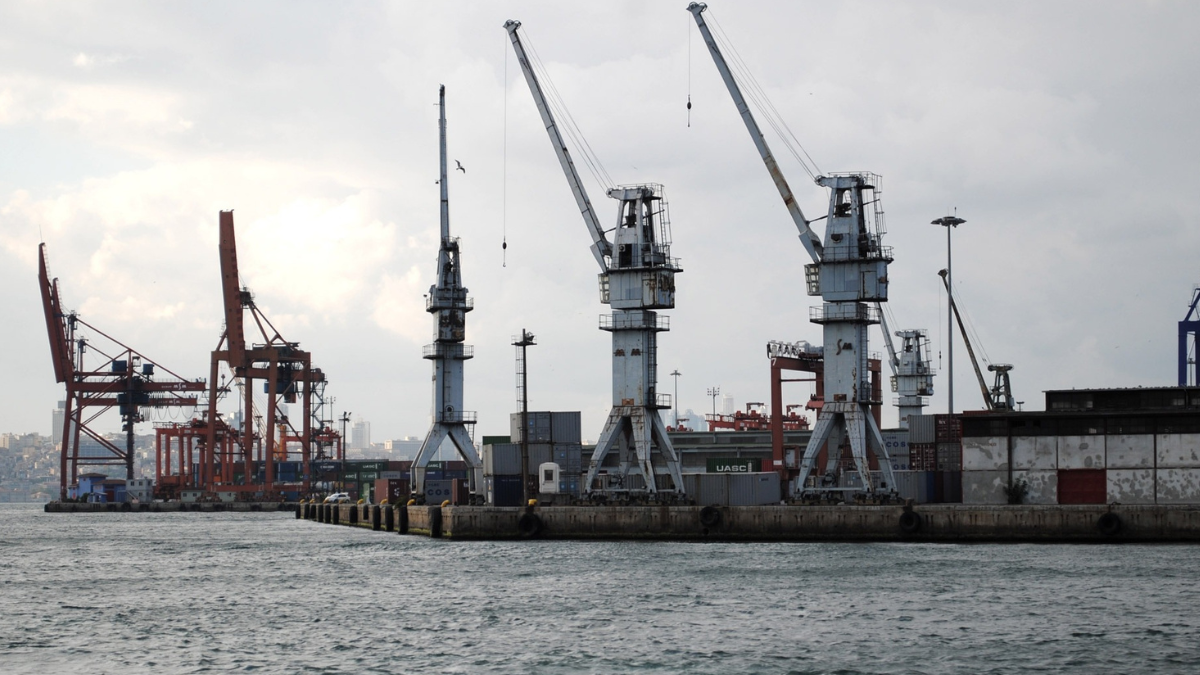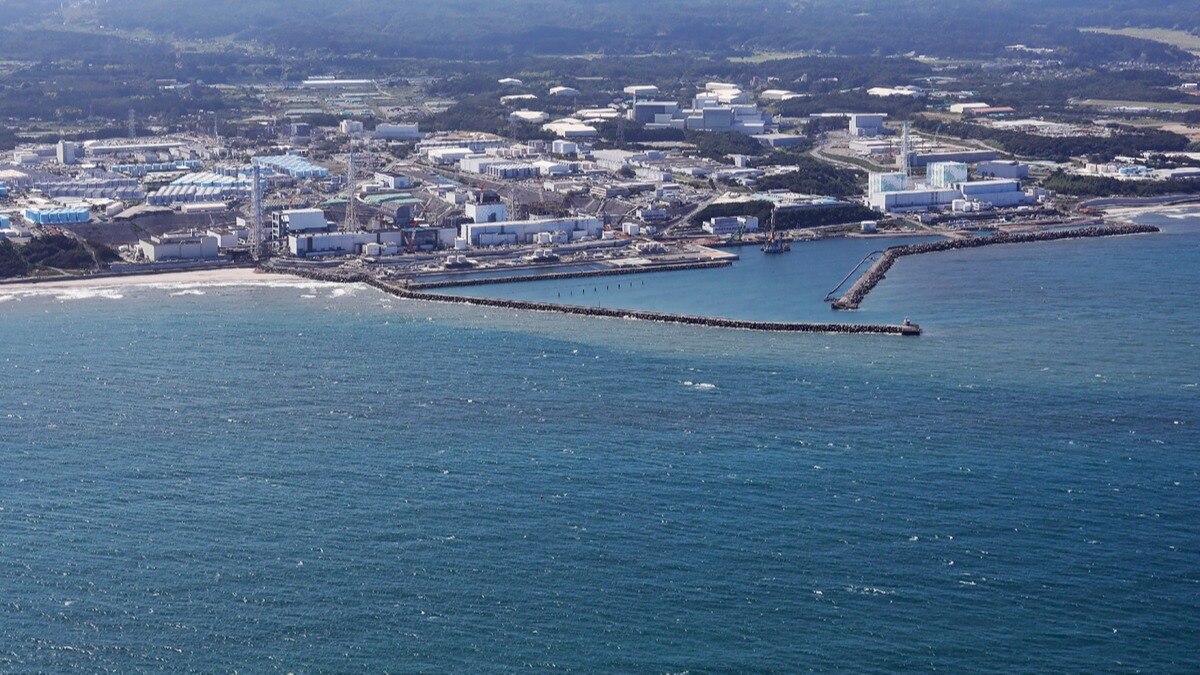On Thursday morning, Tokyo Electric Power Company (Tepco), continuing a practise that has strained relations between China and Japan, started discharging more treated radioactive water into the Pacific ocean from the damaged Fukushima Daiichi Nuclear Power Plant in order to decommercialise the plant.This occurs 12 years after a catastrophic earthquake and tsunami shut down the facility by causing a nuclear meltdown.
Currently, the Fukushima facility was holding around 1.3 million tonnes of contaminated water on-site. The first cycle of discharging the treated radioactive water was carried during late August, From 24 August to 11 September 2023, where 7,800 cubic meters of water was released over a period of 17 days.
The current release of treated radioactive water marks the start of the second cycle, planning to discharge another 7,800 cubic meters of treated water. The entire discharge could take up to 30 years.
Concerns over Health and Safety-
Nuclear authorities, such as the UN nuclear watchdog, have stated that the plan will have a small impact on people and the environment, but it has nonetheless infuriated some neighbours, especially China. With the exception of tritium, a radioactive isotope of hydrogen, the water has been filtered to remove the majority of radioactive substances, according to the Japanese government and scientific bodies. Tritium from water is difficult to separate, thus Fukushima water is diluted until tritium levels are below legal limits.
According to Tokyo Electric Power Company Holdings, workers started a pump to add significant amounts of saltwater to the treated radioactive water before slowly releasing the combination down an underground tunnel into the ocean.
Radioactivity has not been found in seawater tested recently by Japan’s environment ministry near the Fukushima facility. According to the ministry, there was no risk to human health or the environment because the tritium amounts were below the lower limit of detection.
According to Japan’s fisheries department, testing on fish caught close to the plant did not reveal any anomalies. Tritium was undetectable in its test results. To promote transparency, the ministry intends to release test results once a week for at least the next three months.
Criticism on the release of radioactive water-
The choice to release the treated radioactive water, nevertheless, has not been without criticism. After facing a lot of criticism during the first release of water from the plant, it’s second cycle has also generated concerns and has further intensified the criticism coming from China.
The initial release of the treated radioactive water in late August led to China’s blanket ban on Japanese seafood goods as well as a flood of harassing phone calls to companies and offices that were thought to be coming from China. During a news conference on Wednesday, Junichi Matsumoto, who is in charge of Tepco’s water release, revealed that during the period of August 24-27, the company received more than 6,000 calls from outside. Tepco did not count the precise number of calls that appeared to come from China.
China continued its steadfast objection to the idea and said that the Japanese government had not provided evidence demonstrating the safety of the water discharged. There have also been protests in Japan and South Korea, where many people have expressed concern about possible environmental effects.
The research suggests that the water is safe, according to experts, but they do advise caution. According to physicist David Bailey, who directs a French facility that measures radioactivity, the important factor is the amount of tritium present in the water. Unless we observe a substantial reduction in the population of fish, for example, there is no problem with marine species at such levels.
In a statement issued in December 2022, the US National Association of Marine Laboratories stated that the data provided by Japan had not persuaded it.
It has come to light that the government of Japan has established a relief fund to seek out alternative markets and lessen the effects of China’s embargo.




